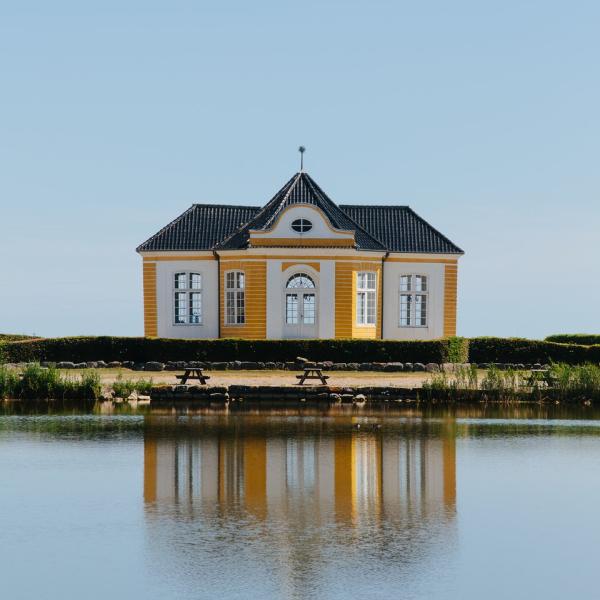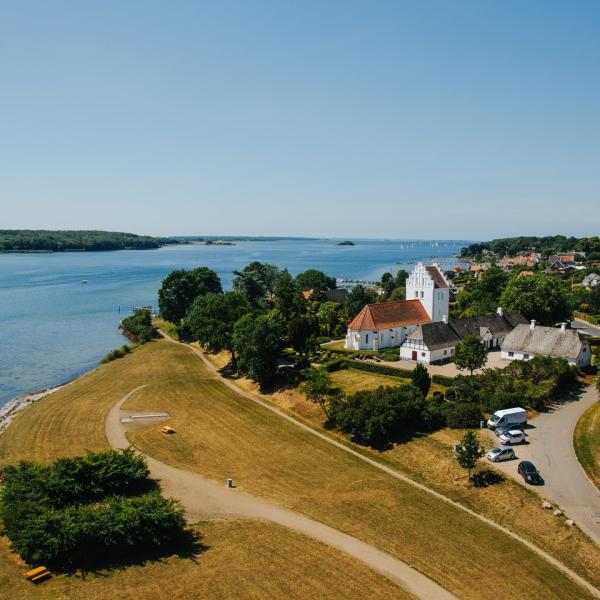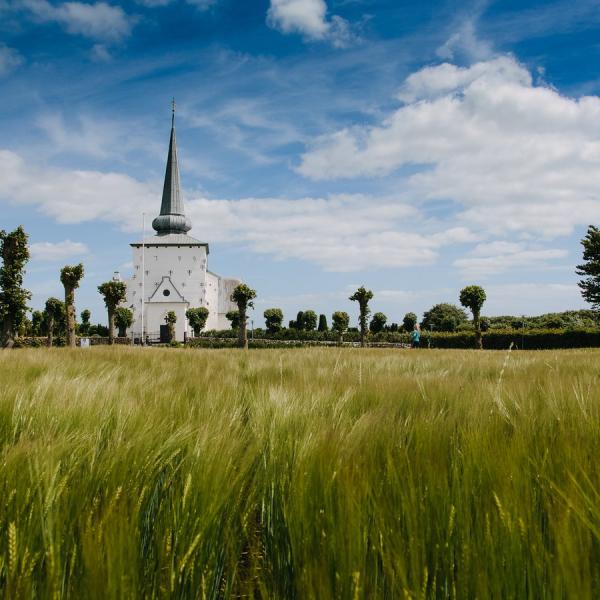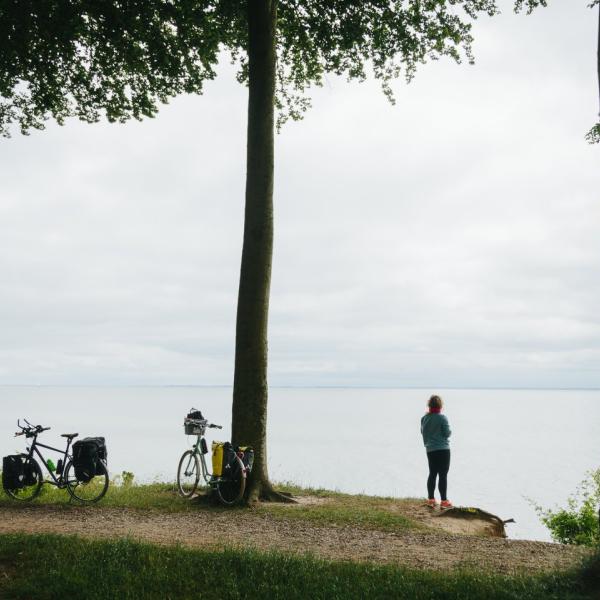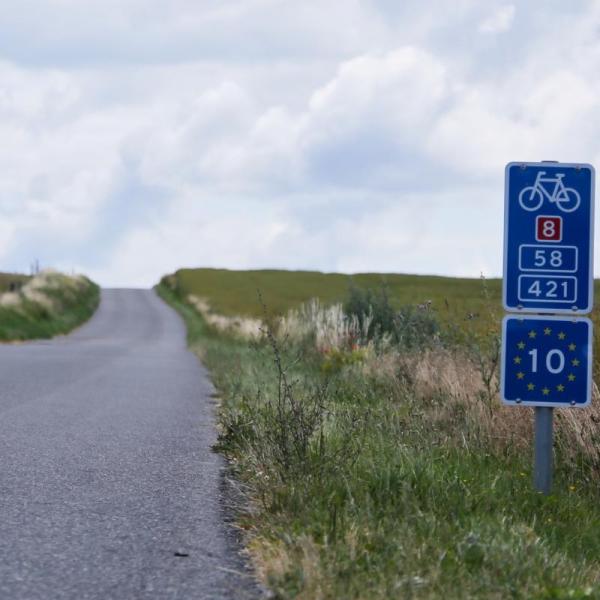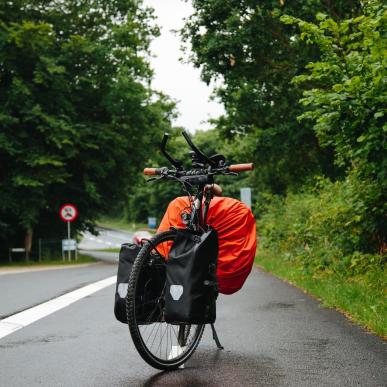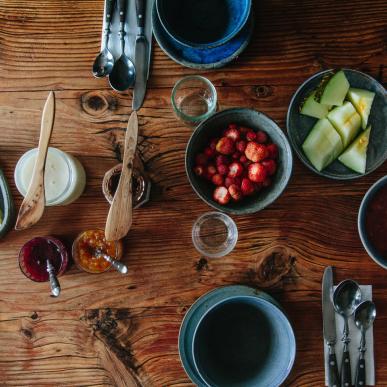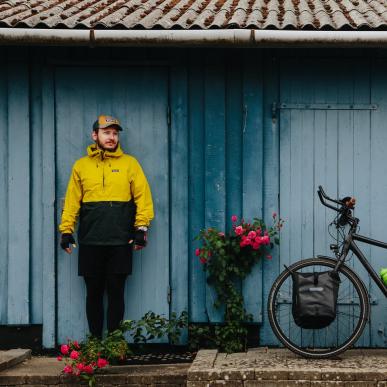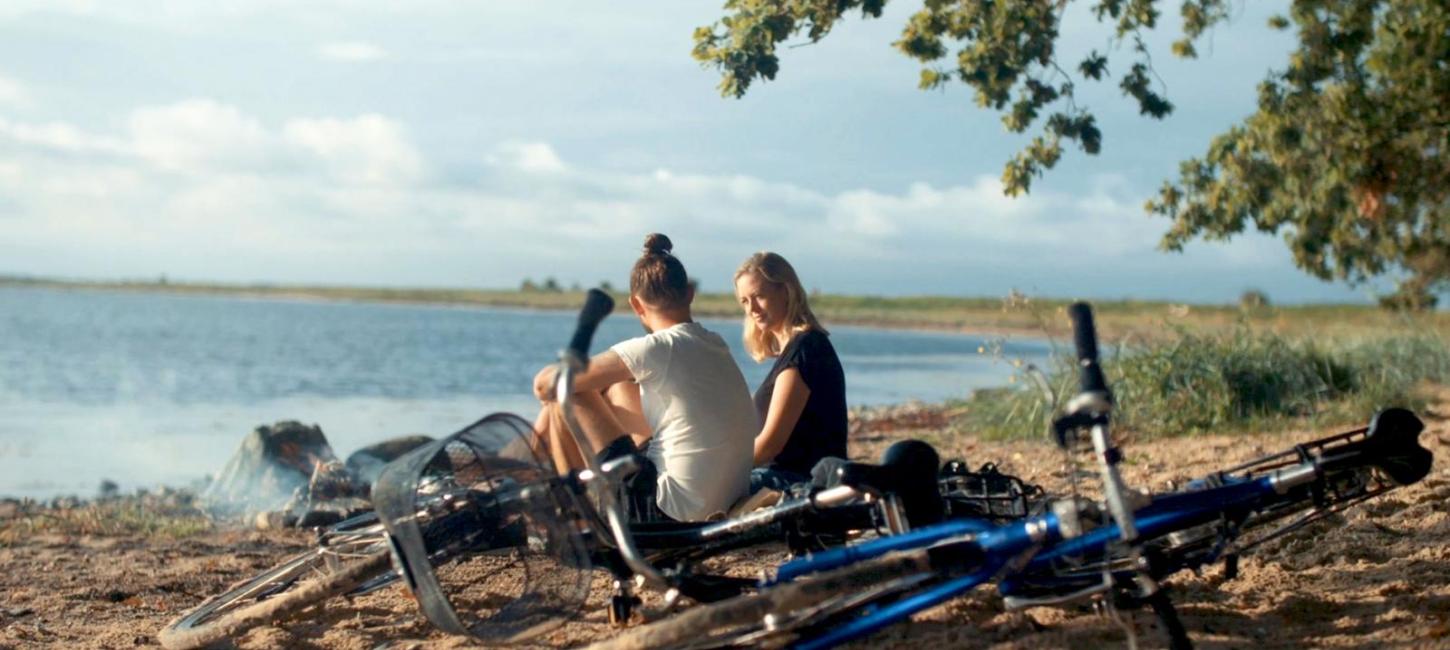
Cycling the Baltic Sea Cycle Route: 820km of hygge on two wheels
This isn't your average cycle path. The Baltic Sea Cycle Route runs through some of Denmark's most enchanting countryside, along country lanes, beside sandy beaches and across peaceful islands. Discover Denmark from the seat of a bike as you navigate our inspiring landscape.
When was the last time you saw a pod of dolphins from the seat of your bike? Spent an afternoon in a medieval castle? Or tasted delicious cheese fresh from the seller as you walked around a weekly market?
The 14-stage journey of the Baltic Sea Cycle Route is uplifting and full of memory-making potential. It's both the perfect way to switch off from everyday life and a unique way to enjoy all of Denmark. Experience nature, lifestyle, history and culture, with a route that winds around historic manors and medieval castles, pretty market towns and unparalleled wildlife experiences.
Follow us on a route through the very best of Denmark.
Highlights of the Baltic Sea Cycle Route
Whichever stage you tackle, you'll find castles and manors, natural wonders and unique small towns that will enchant and inspire you.
Where to start
The route is broken down into 14 stages and is laid out in a figure of eight shape, allowing you to choose either an eastern or a western loop. Both routes are highly accessible. If you are driving from Germany, you will reach the Western Loop first. If you fly into Copenhagen, the Eastern Loop is the closest. The downloadable guide below takes you through the route stage by stage.
Practical information about the N8
Where can you hire a bike in Denmark? Can you take a bike on a train? The answers to these questions and more are all below.
Frequently-asked questions
Cycling
It couldn’t be easier to cycle in Denmark and cycling holidays are extremely popular. For full details on bike rental in Denmark, inspiration for cycling holidays and much more, read our Cycling in Denmark page.
Cycling rules
Here are a few rules of the road for cyclists that will help you enjoy a relaxing break on two wheels.
Essential bike equipment
Your bike must have a bell, a white reflector visible from the front, yellow reflectors on the pedals and wheels and a red reflector at the back. Bikes come with these things as standard in Denmark but if you’re bringing a bike with you from abroad, you’ll need to make sure yours is fitted with these.
When cycling in the dark, you must have a working white light at the front and a red at the back. You can pick these up from convenience stores and bike shops in Denmark.
Bike trailers must have two white reflectors on the front and two red on the back, with two yellow reflectors on each side. After dark, you must make sure your trailer has a red light either fitted at the back or the left-hand side.
Taking children on your bike
If you are over 15 years of age, you can transport two children under eight years old on your bike, providing you have the necessary cycle seats. If you have a bike trailer, you can take two children of any age. Children on bike seats and in trailers must always be fastened in.
Helmets
You are not legally required to wear a helmet. But it is a great idea to use one anyway!
Danish traffic regulations
You must always cycle on the right-hand side of the road and if there’s a bike path, you should use this. If you are turning left, cross over the road you will join, so that you are waiting with the traffic on the right-hand side. Then go with the traffic when the light is green. Cyclists must use their arms to signal that they are slowing down, turning or stopping. Read more about cycling laws and rules in Denmark.
Clearly sign-posted cycle routes
You will find it easy to navigate whilst cycling in Denmark, as the country has over 11,000km of sign-posted routes. Just find your route name, number or logo and follow the signs. Routes criss-cross each other, so it is possible to combine routes and take in the entire country by bike.
Cycle routes are particularly safe in comparison to other countries and national cycle routes tend to follow smaller by-roads, undisturbed forest roads and pathways.
National cycle routes
There are 11 national cycle routes in Denmark, which cover a total of over 4,000km. National routes are signposted with a white route number in a red square and bicycle symbol on a blue, square sign. (Note that Route 10 on Bornholm has a green, rather than blue, background). Odd route numbers 1 to 9 run North to South, while even routes 2 to 8 run East to West. There are two circular routes: Bornholm (Route 10) and the Limfjord Route (Route 12).
Regional and local routes
Denmark also has an extensive network of regional and local cycle routes, each with their own signage. The regional route signs follow the same patterns as the national; white route numbers from 16 to 99 on a blue background. The local route network also uses the same system but with numbers from 100 to 999.
Countryside byelaws
Everyone can go where they like in the Danish countryside as long as they are considerate of animals, plants and other people. It is your responsibility to be safe.
Here are some of the most important rules:
- You are allowed in public woods and forests 24 hours a day, all year round.
- You are only allowed in private woods and forests from 6 am until sunset, and only on roads and paths.
- All cycling is to be carried out on roads and trails, regardless of public or private land.
- Foraging for private use is allowed.
- It can be difficult to see if a wood or forest is publically or privately owned. Look for signs and follow the rule of thumb that red posts are used in public forests, and green ones are used on private land.
- Entry to a forest can sometimes be limited during the hunting season.
- You are allowed on uncultivated land (meadows, cliffs, coasts and beaches etc) on foot while pushing your bike.
- If you want to stay in a public forest /uncultivated land, you have to be at least 50 meters from the nearest building. If you want to stay on private ground, you have to be at least 150 meters from the nearest building.
- You can check further rules on: The Danish Nature Agency
